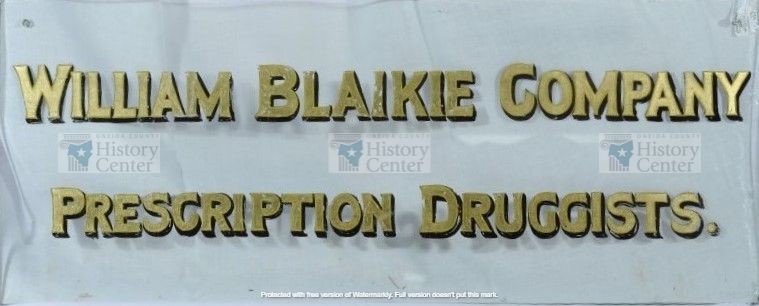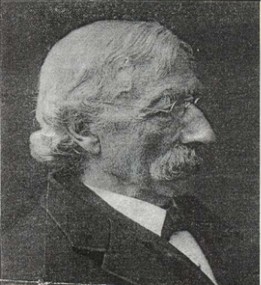William Blaikie’s Apothecary
Introduction
Text-to-speech Audio
Although the structure of this building no longer stands, here stood William Blaikie's apothecary in nineteenth century Utica. An apothecary is synonymous with what we now call a pharmacy. Blaikie's store was more than a drug store as it was also a station on the Underground Railway. Blaikie's family was once forced evacuate their home because of threats from anti-abolitionists.
Images
Blaike's Store Sign

William Blaikie

Illustration of Blakie's Drug Store
%20-%20Version%202.jpg)
Illustration of Blakie's Drug Store showing adjacency to church
.jpg)
Backstory and Context
Text-to-speech Audio
In the nineteenth century William Blaikie owned a store here where he would hide fugitive slaves. William Blaikie, and his family's efforts to hide fugitive slaves often made the family an anti-abolition target. He also hid slaves in the outskirts of Utica at his home, like other abolitionists and Beriah Green, who used Whitesboro's Oneida Institute and his own home as a station. The Blaikies often had to evacuate their property multiple times in response to multiple threats. William Blaikie, amongst others, did not let threats disrupt their freedom efforts. The store later became Waterford's Drug Company which survived until the twentieth century.
Cite This Entry
Reynolds, Patrick. "William Blaikie’s Apothecary." Clio: Your Guide to History. May 26, 2022. Accessed August 20, 2025. https://theclio.com/tour/2012/4
Sources
Jan DeAmicis, "The Utica Freedom Trail Walking Tour: A Proposed Tour of Abolitionist and Underground Railroad Sites," (Utica: Utica Center, 2013), 11.https://www.utica.edu/academic/institutes/ucsc/doc/Utica%20Walking%20Tour%202%20Oct%202013.pdf.
Information Courtesy of Oneida County Freedom Trail Commission and Oneida County History Center
Oneida County History Center
Oneida County Freedom Trail Commission
Oneida County Freedom Trail Commission
Oneida County Freedom Trail Commission

